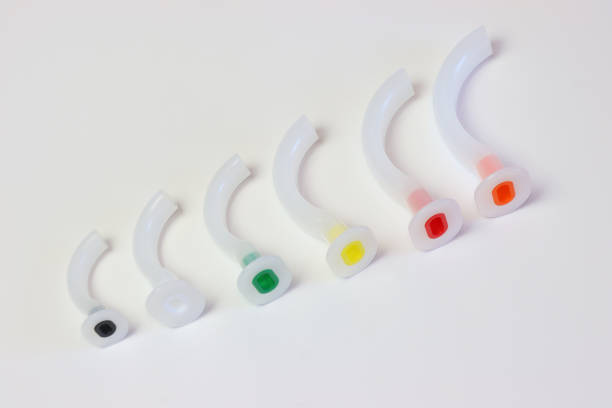In airway management, one of the most essential tools is the oropharyngeal airway device. Widely used in hospitals, emergency care, and surgical settings, these devices help maintain an open airway in patients who are unconscious or under anesthesia. For procurement teams and wholesalers, knowing the differences between the Berman airway and the Guedel airway is key to ensuring the right product is available across clinical scenarios.
An oropharyngeal airway device is a curved plastic piece inserted into a patient’s mouth to prevent the tongue from blocking the airway. It is commonly applied in operating theaters, intensive care units, and emergency medicine. The device plays a crucial role in airway stabilization during anesthesia induction or resuscitation.

The Berman oral airway is designed with side channels to allow suctioning and ventilation while keeping the tongue clear.
Dual-channel design for suction catheter insertion
Rigid structure for secure positioning
Available in multiple Berman oral airway sizes to suit pediatric and adult patients
Often packaged as a Berman oral airway kit, containing a range of sizes for emergency or surgical use
The Berman airway is widely used in pre-hospital care and operating rooms because it balances ease of insertion with effective airway patency.

The Guedel airway (also known as the Guedel oropharyngeal airway) is another widely used model. Unlike the Berman design, it has a single hollow channel through the center, allowing both suctioning and ventilation.
Central channel for suction or oxygen delivery
Color-coded bite block for quick size identification
Smooth curve for comfortable patient insertion
Widely recognized as a standard tool in surgical and resuscitation settings
Because of its versatility, the Guedel oropharyngeal airway remains one of the most stocked airway devices in hospitals worldwide.
Both devices serve the same purpose but differ in design:
Berman oral airway: Better for situations where suctioning is frequently required.
Guedel oropharyngeal airway: Preferred for routine anesthesia and resuscitation, especially in hospital settings.
Procurement officers often stock both types to ensure clinical flexibility.
For hospitals, clinics, and medical distributors, purchasing airway devices involves more than clinical features. Factors to consider include:
Complete sizing availability (adult and pediatric sizes)
Packaging options (single-use sterile packs or Berman oral airway kits)
Certifications (ISO, CE, FDA compliance for international supply)
Cost efficiency for bulk purchasing
Wholesalers often benefit from working with manufacturers who provide customization options such as private labeling, bulk carton packaging, and regional regulatory approvals.
Both the Berman airway and the Guedel airway are indispensable tools in airway management. By understanding the features and applications of each oropharyngeal airway device, healthcare providers and distributors can make informed procurement decisions that balance patient safety, clinical efficiency, and cost-effectiveness. GET A FREE QUOTE NOW!